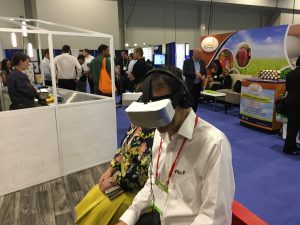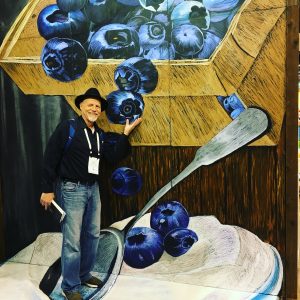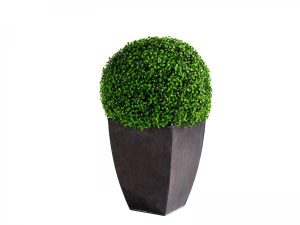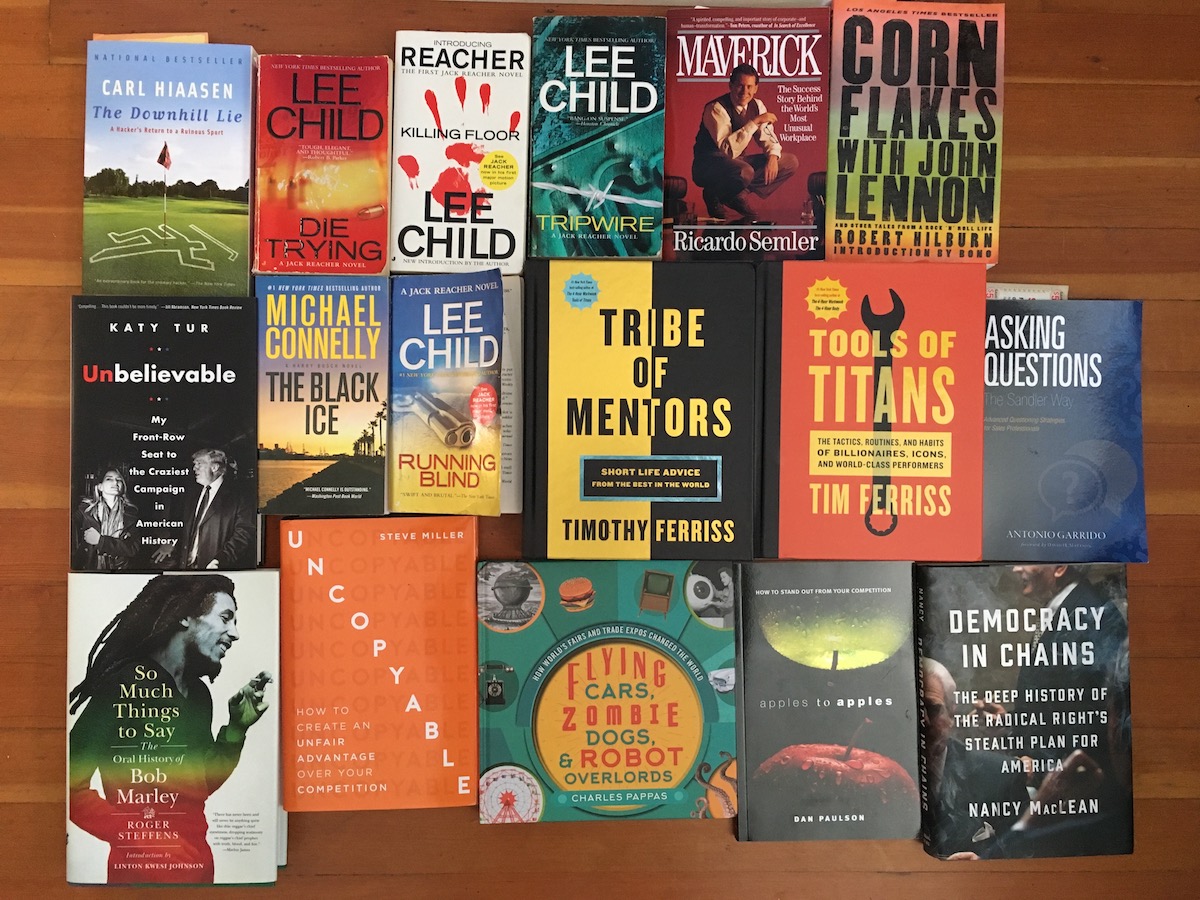10 Tradeshow Best Practices
Seriously, you could compile a list of 50 tradeshow best practices and still add to the list. For the sake of brevity, let’s whittle it down to a reasonable number and see what we get.
- Create your marketing plan based on the specific event where you’re going to set up your exhibit. Different audiences, different competitors, different goals will all help steer you to a marketing plan that fits the situation. One size does not fit all.
- Your promotion item should be a natural fit with your product or service. Give away an embossed flash drive if you’re in the tech industry and want people to remember what you do. Give away a letter opener if you pitch direct marketing via mail. Things like that.
- Try to have some activity in your booth space. People are drawn to movement, or things they can get personally involved with. And when you have lots of people playing with something in your booth that relates to your product, that crowd draws a crowd.
- Prior to show floors opening, have a brief meeting with your staff. Remind them of the show goals, hand out kudos for work well done, and gently remind those who are perhaps coming up a bit short what they should work on.
- Graphic messaging on your exhibit should be clear as a bell. The fewer the words, the more distinct your message. The message should be enhanced with an appropriate image that supports the message.
-

Follow up on leads in a timely manner. Your lead generation and follow up system should be something that you continually work to improve. Warm leads that are followed up on right after the show will produce more results than those that are weeks old.
- Qualify and disqualify your visitors quickly. Unqualified visitors should be invited to refer a colleague and be politely disengaged. Qualified visitors earn more time to dig deeper into their needs, including the time frame they need the solution your product can solve, their contact information and an agreed-upon follow up schedule.
- The power of a professional presenter cannot be understated. Some products and shows lend themselves more to presenters than others, but a good presenter will make it work in any situation and will bring in more leads than not using them. Caveat: if you hire a presenter, you must have a staff that understands and is prepared to deal with the additional leads generated. If not, most of the leads the presenter generates will slip away.
- Tradeshows are a marathon. Be alert, but pace yourself so you can make it to the end of the last day still upright and able to fully engage with visitors.
- Spring for carpet padding / wear comfortable shoes. You can never say this enough!
And a bonus number 11:
- Spend more time on pre-show marketing than you think you should, or more than you’ve done in the past. It costs less and is easier to sell to current customers than it is to sell to new customers. Create a list of current customers, or those who have raised a hand by downloading a white paper, subscribing to a newsletter, or inquired about your services or products over the past year or so. Finally, check with show organizers to see if they can rent the attendee list to you prior to the show.





